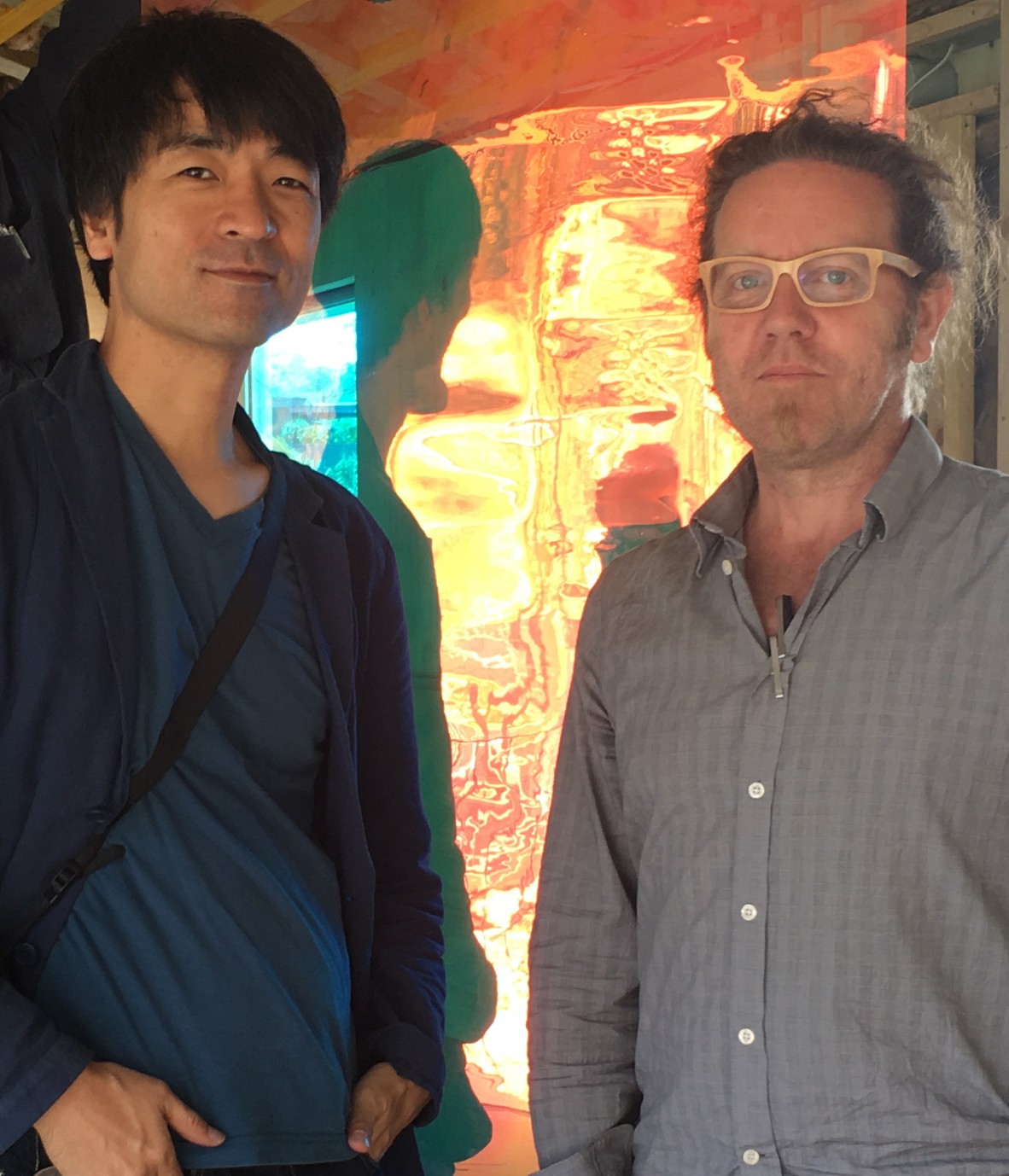UQ Architecture Lecture Series with Yo Shimada
By Anita Lewis | 3 March 2016

If you read the blog The Making of a Minimalist Monument to Moi, you would be familiar with Japanese architect Yo Shimada, his connection to the Brisbane suburb of Hamilton and his working relationship with a local architect.
The blog is from the client's perspective and is a wonderful chronicle of building a home... with the added complexity of commissioning a foreign architect to design it.
Yo Shimada of TATO architects, along with Paul Hotston of Phorm Architecture, will be guest speaker at the second UQ Architecture Lecture on Tuesday 8 March as part of the Asia Pacific Architecture Forum. The focus of his talk will be about his experience designing in Brisbane.
Today we gain a small insight into Shimada san in this Q & A (with apologies for the computer generated Japanese /English translation).
Tell us a little about your background, and what originally led you to architecture?
I was born in Kobe and studied at Kyoto City University of Arts. During that time, I worked on self-build installations. This process nurtured my interest in how people react to spatial experience. I also experienced earthquakes when I was a student in 1995 which somewhat led me to architectural design.
Can you give us a little insight into what a normal work day looks like for you?
I arrive to the office at 9 am and by 12 pm the office staff will take turns to cook lunch. We chat about nothing in particular during lunch and go for a walk in the woods nearby, or check things out online. In the afternoon, we meet with clients, and see the projects on site, and by this time the sun sets. I then have a simple dinner with my family, and get back to my desk to attend to my written work.
What are some daily office rituals or habits you employ to enhance your productivity and creativity?
I don’t have any particular rituals but I drink several coffees a day. And I go for a walk to the woods when I lose my concentration.
What principles inform your work?
Surrounding site environment, client character, and people's behaviour and perception.
Where do you go for design inspiration?
Some what appealing nameless architecture (architecture without an architect) on the street, music and art.
What has been a career highlight for you so far?
I am still in the middle of my journey and the career highlight has not yet arrived. For any project it is a highlight to arrive at the finish and to have people start using it.
Which Australian or international architecture people, practices, designers or similar do you admire?
I admire various different people and I am inspired by them, but I pay respect to intelligent people who developed the Queenslander in Australia.
What are your top 5 favourite design books?
Grid Index by Carsten Nicolai
René Redzepi: A Work in Progress by René Redzepi
Tsutsumu: Traditional Japanese Packaging
Derek Jarman's Garden by Derek Jarman
2G 58/59 Kazuo Shinohara (2G Intenational Architecture magazine)
What can attendees to your lecture expect to hear and see?
I would like to talk about my experience of designing in Brisbane, and the things I have learnt through this process.
When: Tuesday 8 March
Where: SLQ Auditorium 1, level 2, State Library of Queensland
Register: Eventbrite
Architectural professionals who attend the series will be eligible for 2 formal continuing professional development points (CPD). This event will also be livestreamed.
2016 UQ Architecture Series is presented by the University of Queensland School of Architecture and the Asia Pacific Design Library. This event is also part of the Asia Pacific Architecture Forum.
Comments
Your email address will not be published.
We welcome relevant, respectful comments.